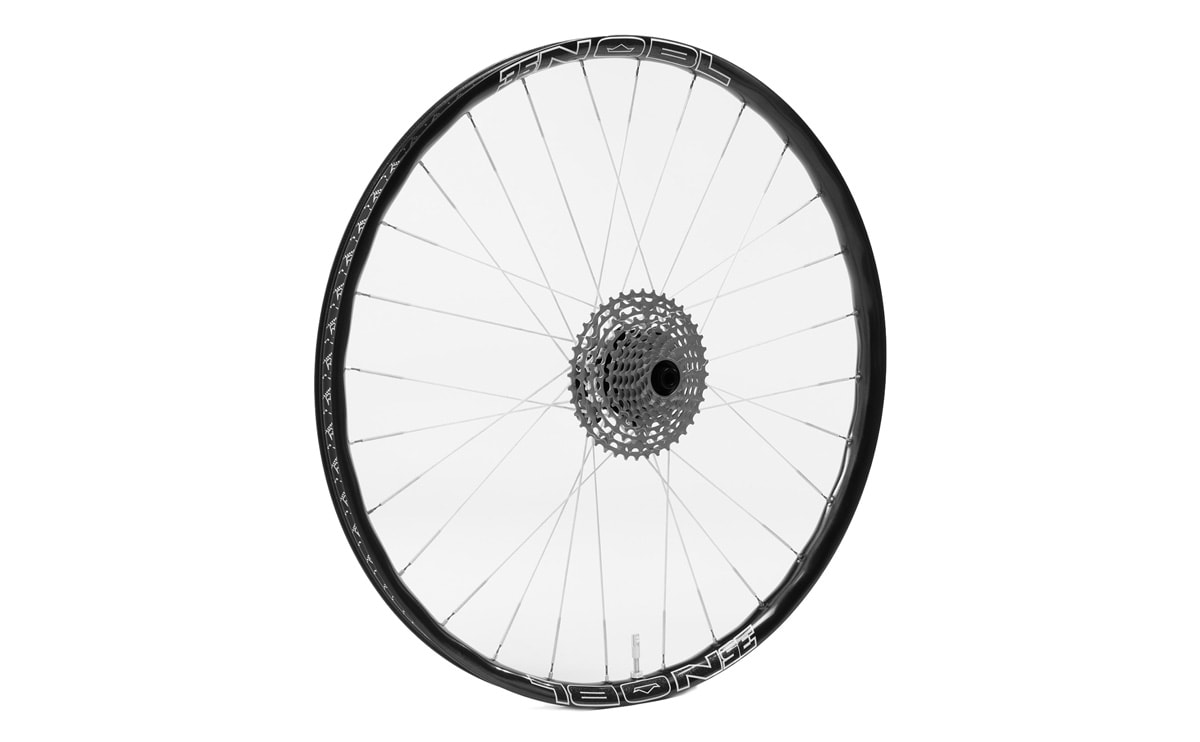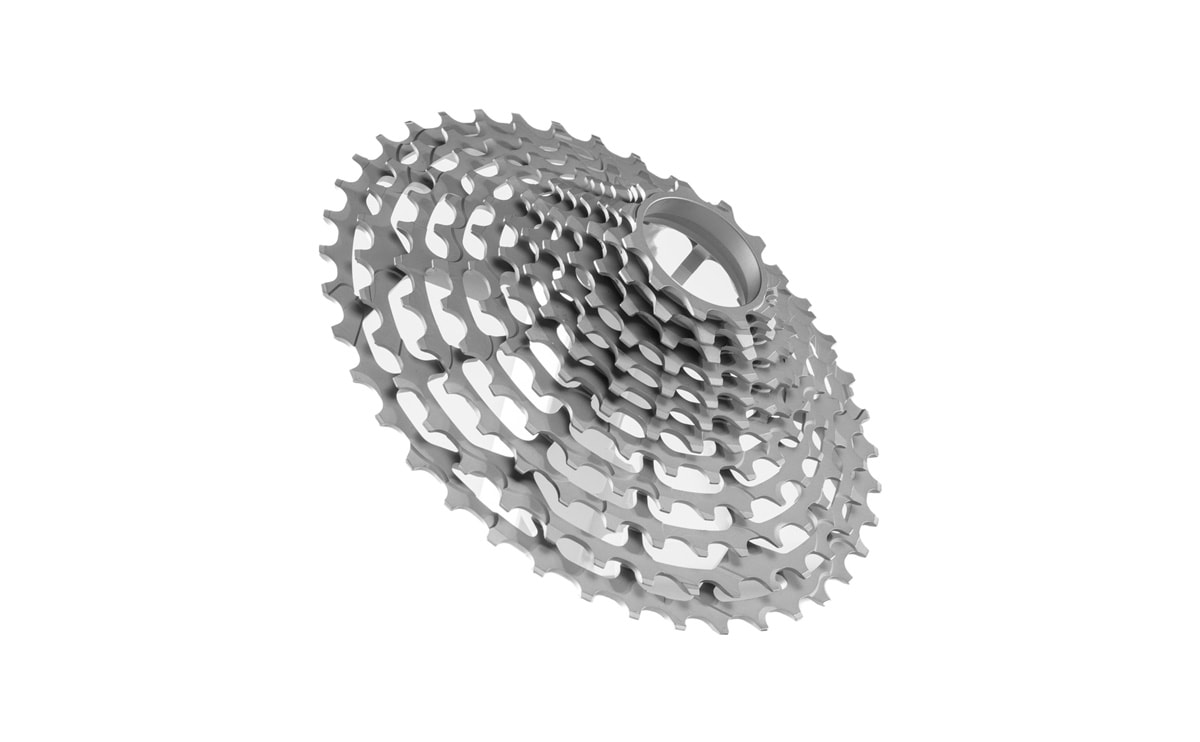
Gear Ratio: Choosing the right Classified Cassette for your Ride
Calculating your gear ratio is a simple equation of X/Y, where X is the number of teeth on your front chainring and Y is the number of teeth on the cog of your rear cassette.
Understanding the relationship between gear ratios and how they affect pedalling performance is key in selecting the cassette and chainring you’re going to use with your Classified drivetrain.

Running a larger front chainring or smaller rear cassette will increase your gear ratio, whereas a smaller front chainring or larger rear cassette will decrease the ratio. Simply put, the lower the gear ratio number, the easier it will be to accelerate but your top speed will be lower. In comparison, as the gear ratio increases so does the effort required to accelerate as well as the potential top speed in this gear.
Gear ratio plays a large part in how you want your bike to perform and the versatility you want for different riding scenarios. Generally having a larger ratio between easiest and hardest effective gears is preferred and Classified hubs and cassettes achieve this with a simplified and streamlined design.

These are the Classified cassettes available:
11sp: 11-27, 11-30, 11-32, 11-34
12sp: 11-28, 11-30, 11-32, 11-34
For example, road racers running a 44t front chainring and a 11-28 cassette will have a lowest gear ratio of 1.07:1 and a top end ratio of 4:1, perfect for maximizing power without an excess of bottom-end gears.
For demanding gravel rides and bikepacking expeditions, you could run a 32t front chainring and 11-34 cassette for a climbing ratio of 1:0.646 and top end get of 2.9:1, perfect for flat and road section.
While the widest range 1x systems currently on the market, such as Campagnolo’s 13sp Ekar cassettes, offer similar gear ranges, Classified’s Powershift system absolutely surpasses all others in shifting reliability and alleviates ineffective chain lines, increasing the efficiency of your ride and the longevity of your components.

